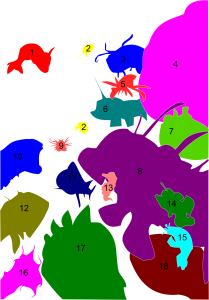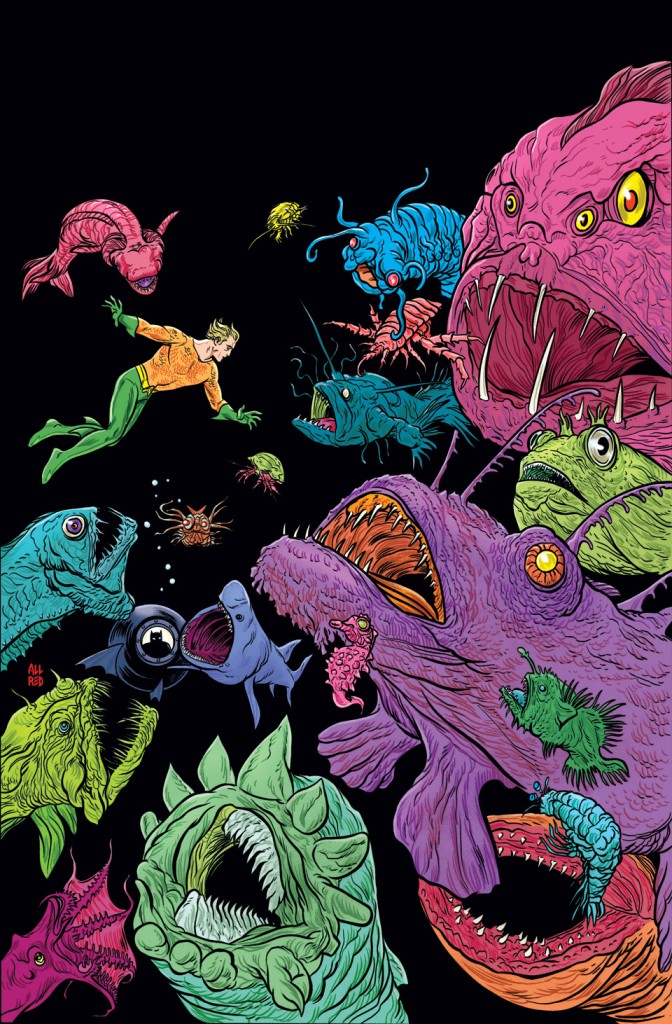
We’ve traveled far, this last week. From gentle basking sharks gliding across the surface of the North Sea to titanically tiny worms dwelling in the deep. The variant cover for Aquaman #31 is a fantastically diverse sampling of real ocean organisms, many of them not only profoundly weird but also almost entirely unstudied. Mike Allred’s is a small taste of the unknown still waiting to be explored.
I saved the best for last, including my favorite squid and scale worm. Before we dive into these final identifications, let’s take a moment to review.
- Frilled Shark (Chlamydoselachus anguineus)
- Giant Deep-sea Isopod (Bathynomus giganteus)
- A deep-sea worm with no common name (Eunice pulvinopalpata)
- Fangtooth (Anoplogaster cornuta)
- A different giant isopod (Glyptonotus antarcticus)
- Hairy anglerfish (Caulophryne polynema)
- Sarcastic Fringehead (Neoclinus blanchardi)
- Monkfish (Lophius americanus)
- The muppet-faced worm (Nereis sandersi)
- Pacific viperfish (Chauliodus macouni)
- Basking shark (Cetorhinus maximus)
- Gulper eel (Saccopharynx ampullaceus)
- Pygmy Seahorse (Hippocampus bargibanti)
- Anglerfish (Lophius piscatorius)
- Supergiant Amphipod (Alicella gigantea)
And now, on to the final three!
16. The Vampire Squid from Hell (Vampiroteuthis infernalis)
Vampire squid fr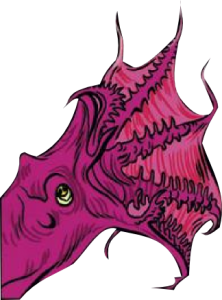 om hell is the literal translation of this animals Latin name, and that is awesome. Vampire squid are neither squid nor octopus but rather a phylogenetic relict that shares traits from both taxa. The body of this 30-centimeter long animal is dark red and covered in light emitting photophores. Its tentacles are shrouded in webbing. It has two long feeding filaments, a trait unique to this species.
om hell is the literal translation of this animals Latin name, and that is awesome. Vampire squid are neither squid nor octopus but rather a phylogenetic relict that shares traits from both taxa. The body of this 30-centimeter long animal is dark red and covered in light emitting photophores. Its tentacles are shrouded in webbing. It has two long feeding filaments, a trait unique to this species.
The vampire squid lives in the oxygen minimum zone, a region of the ocean where oxygen concentrations can drop as low as 3%. It is the only cephalopod, and one of the only marine animals, that can survive a prolonged stay in this inhospitable region.
Right now, you can see a vampire squid at the Monterey Bay Aquarium.
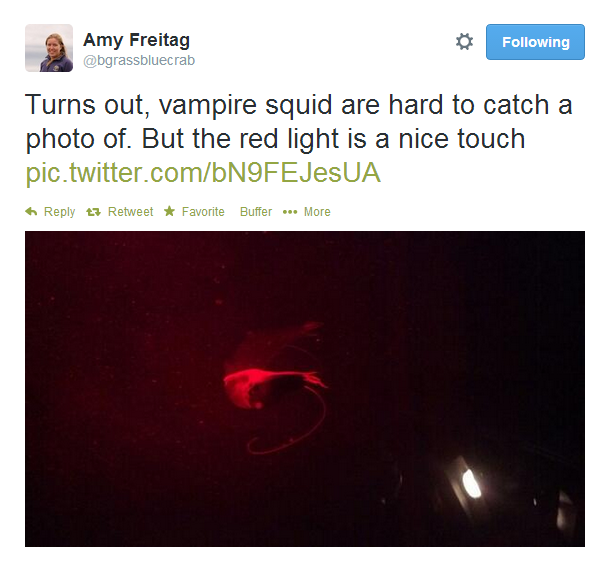 17. Scale worm (Lepidonotopodium piscesae)
17. Scale worm (Lepidonotopodium piscesae)
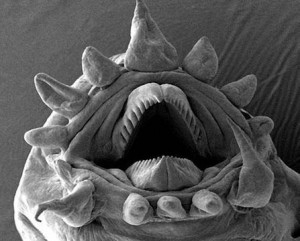
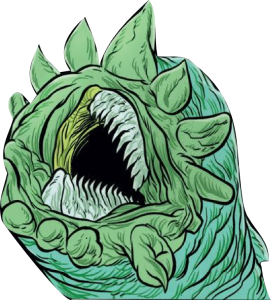 Another delightful deep-sea worm. This scale worm is found in low abundance around hydrothermal vents, grazing on bacteria and munching on whatever biomass is available. This particular scale worm is found on the Juan de Fuca ridge, off the coast of Washington state.
Another delightful deep-sea worm. This scale worm is found in low abundance around hydrothermal vents, grazing on bacteria and munching on whatever biomass is available. This particular scale worm is found on the Juan de Fuca ridge, off the coast of Washington state.
18.Sea lamprey (Petromyzon marinus)
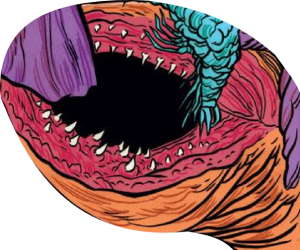 The final creature on this list is simultaneously the most common and among the oddest. Lampreys are parasitic fish that can be found in freshwater, as juveniles. Adult lampreys use their suckers to latch onto fish, scrape and away scales and flesh, and then suck their prey dry in a process called hematophagous feeding. Which means these meter-long monsters are more vampire-like than the vampire squid.
The final creature on this list is simultaneously the most common and among the oddest. Lampreys are parasitic fish that can be found in freshwater, as juveniles. Adult lampreys use their suckers to latch onto fish, scrape and away scales and flesh, and then suck their prey dry in a process called hematophagous feeding. Which means these meter-long monsters are more vampire-like than the vampire squid.
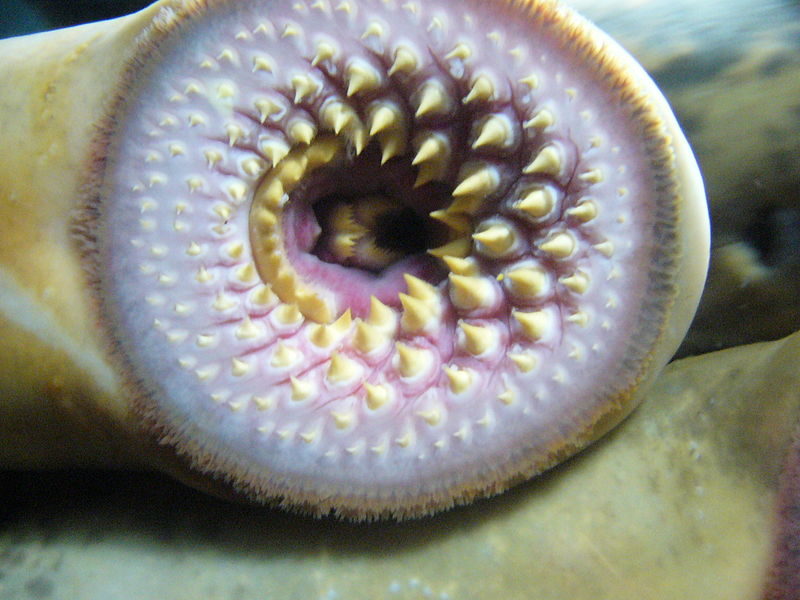
They are invasive in the Great Lakes and achieved minor internet fame when pictures posted by a fisherman on reddit went viral.
And now our little adventure comes to a close. Once again, Aquaman has given us a window into the ocean. 18 amazing illustrations lead us to 18 equally amazing real animals.
If you’ve enjoyed these posts, check out some of our favorite Science of Aquaman articles, below:
